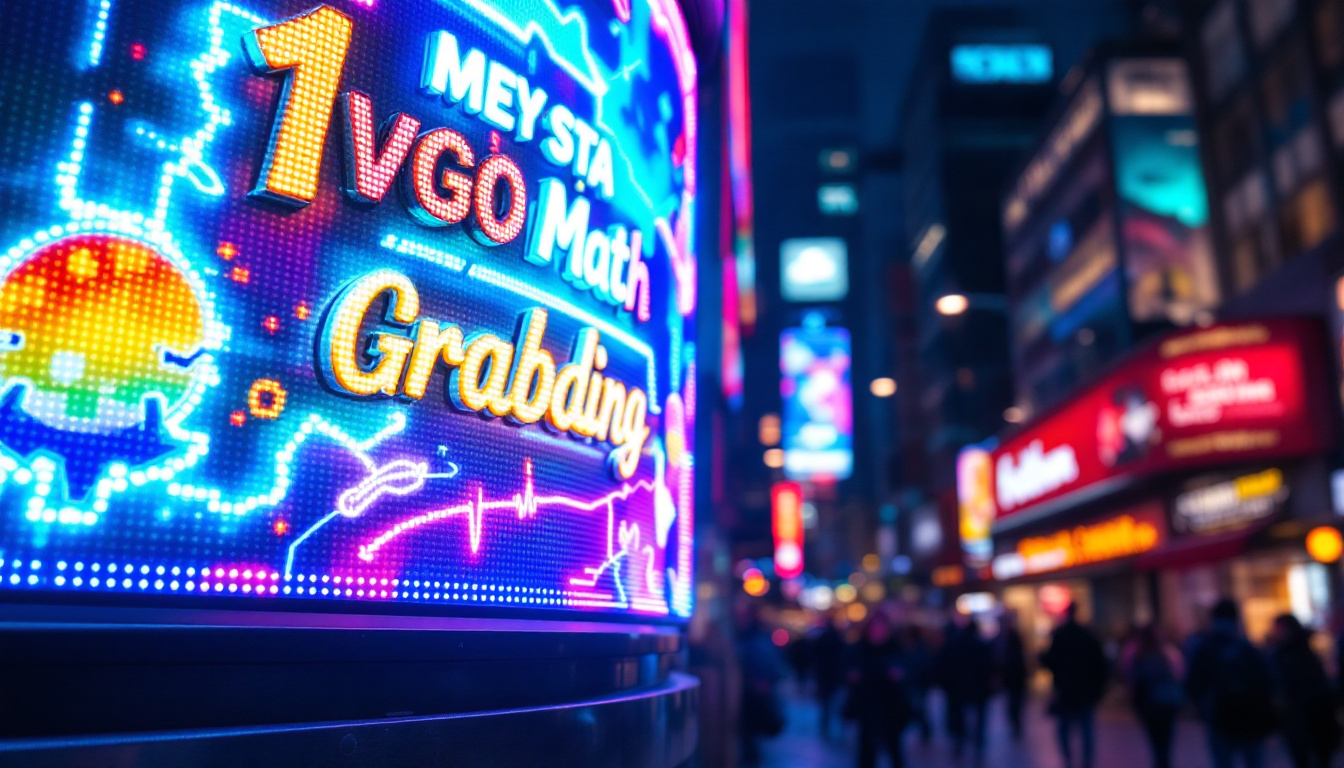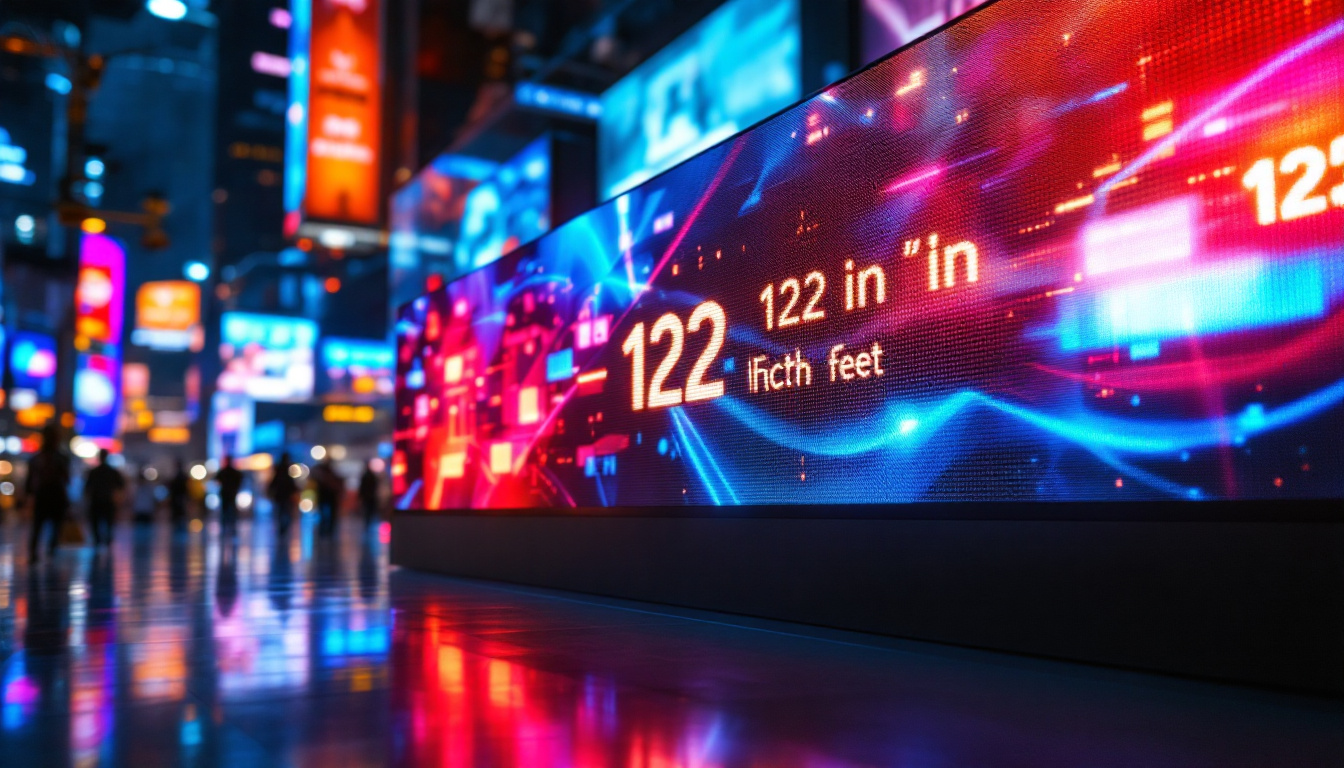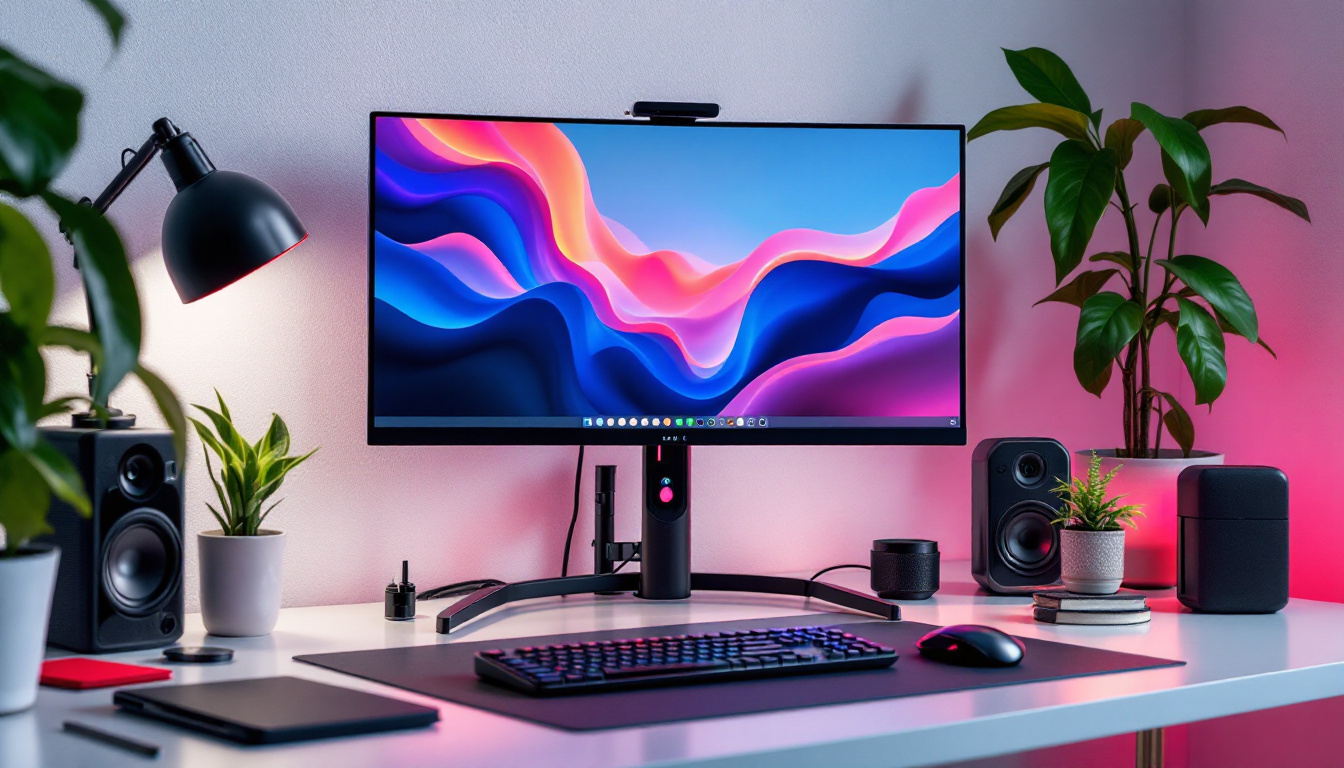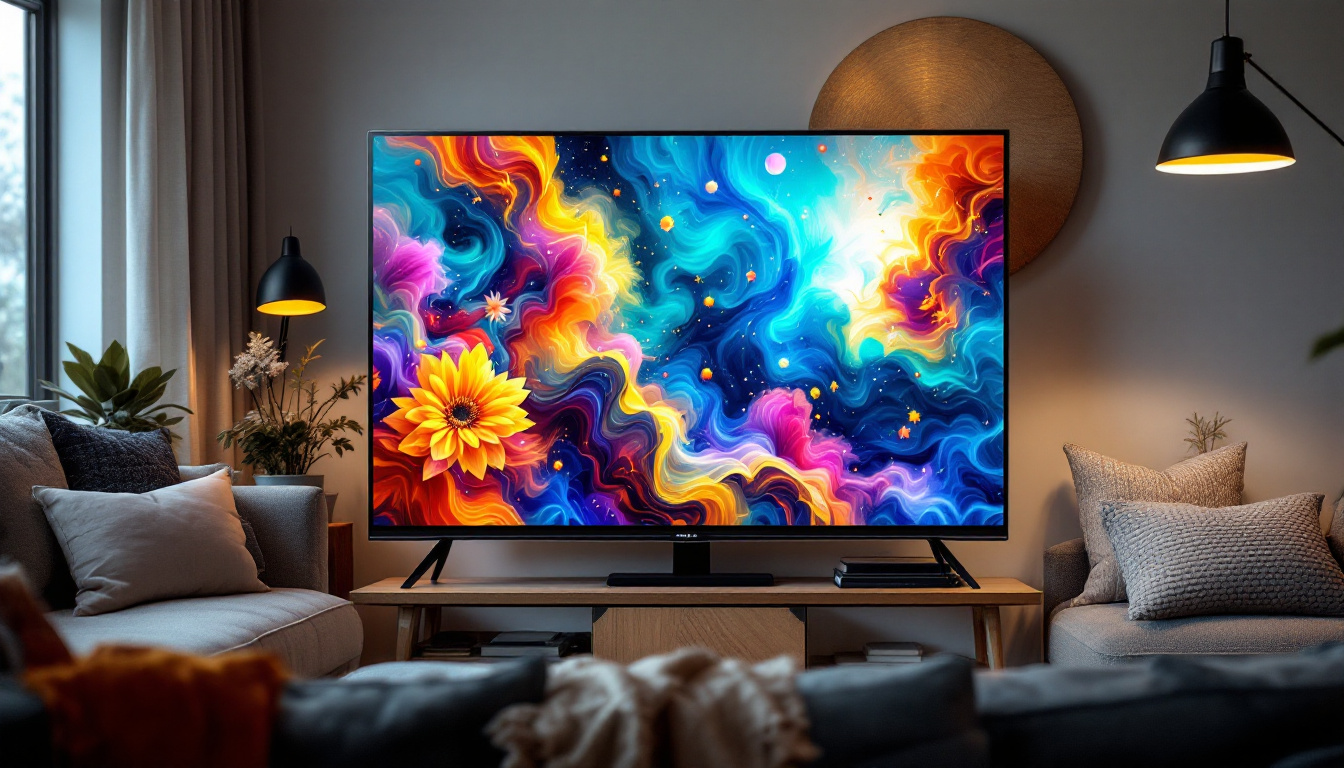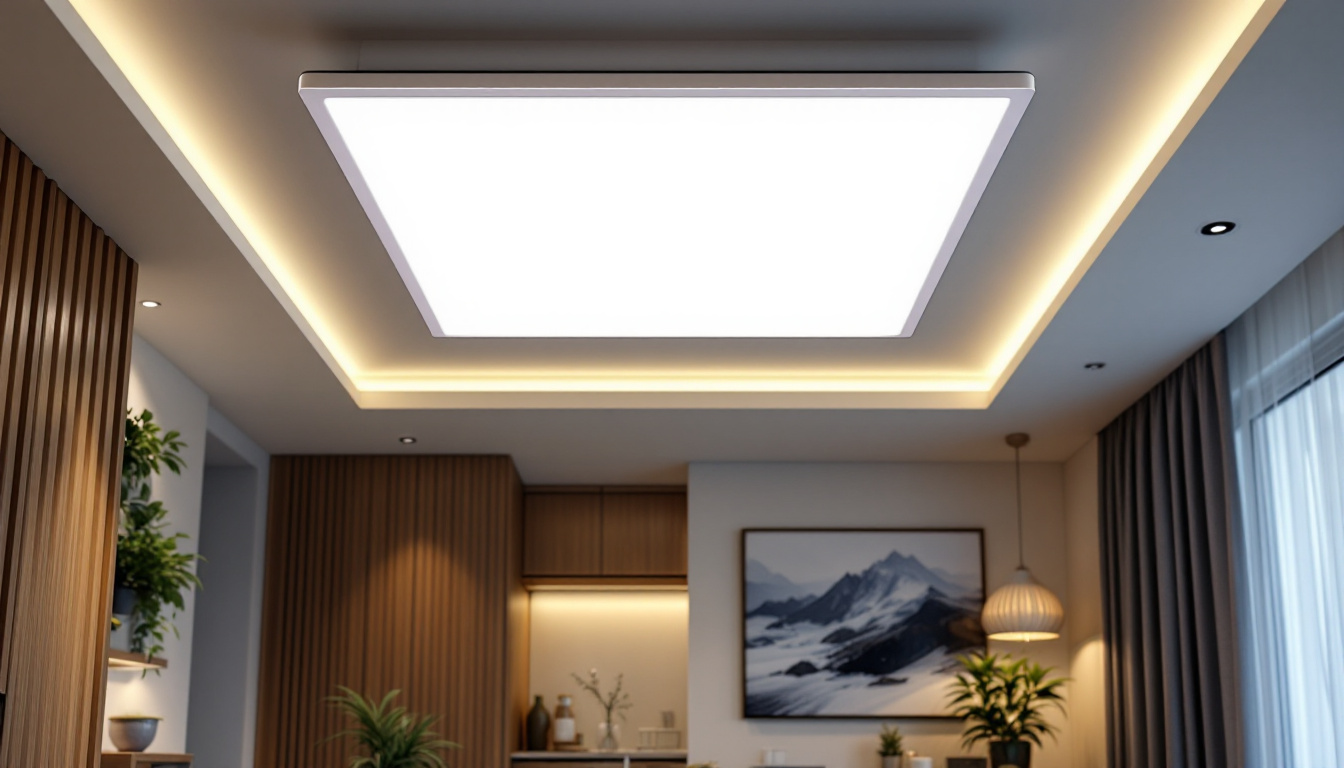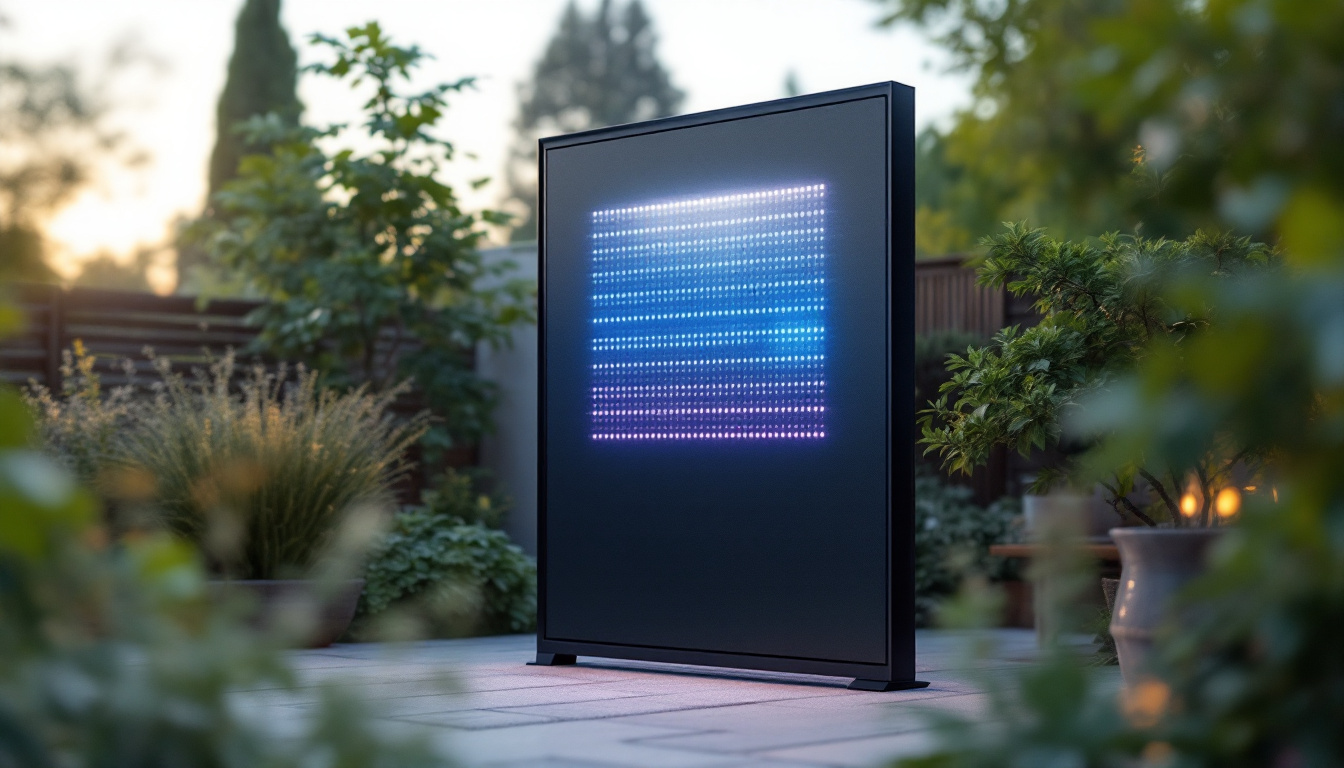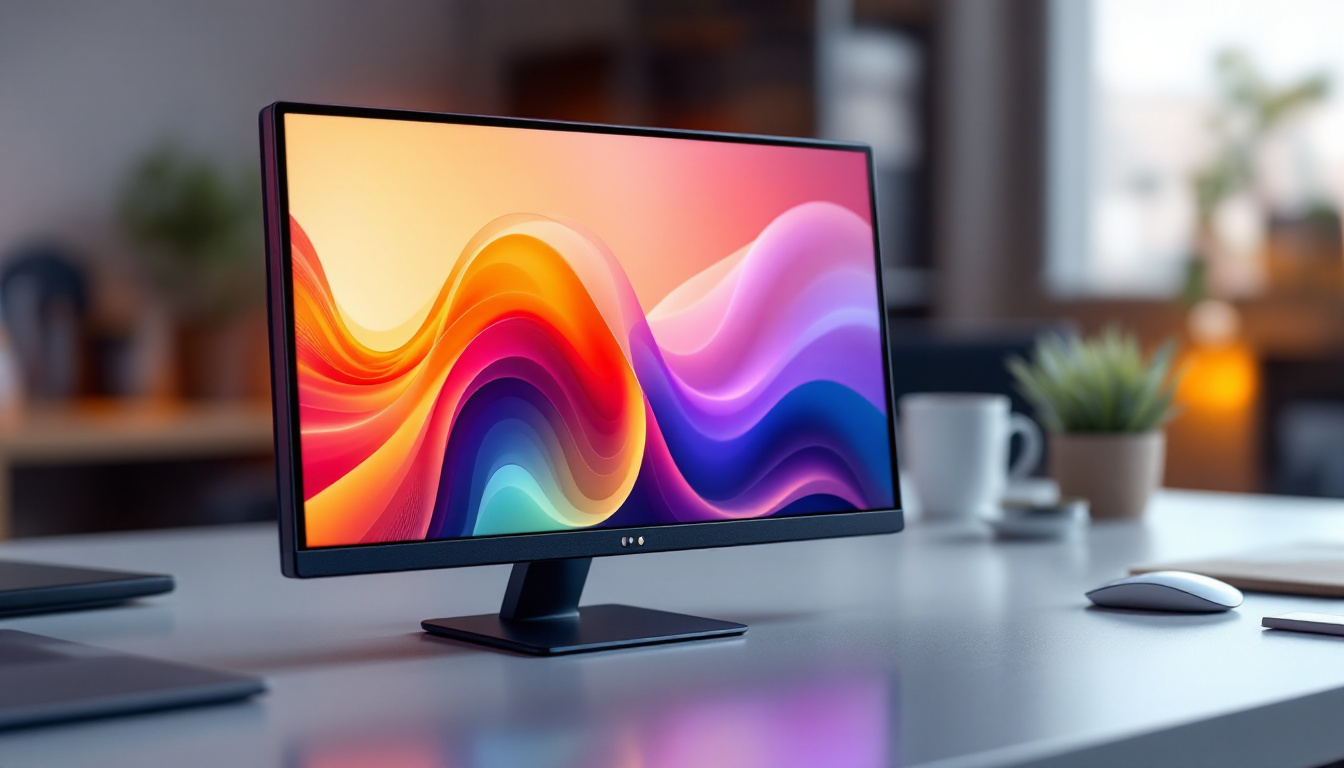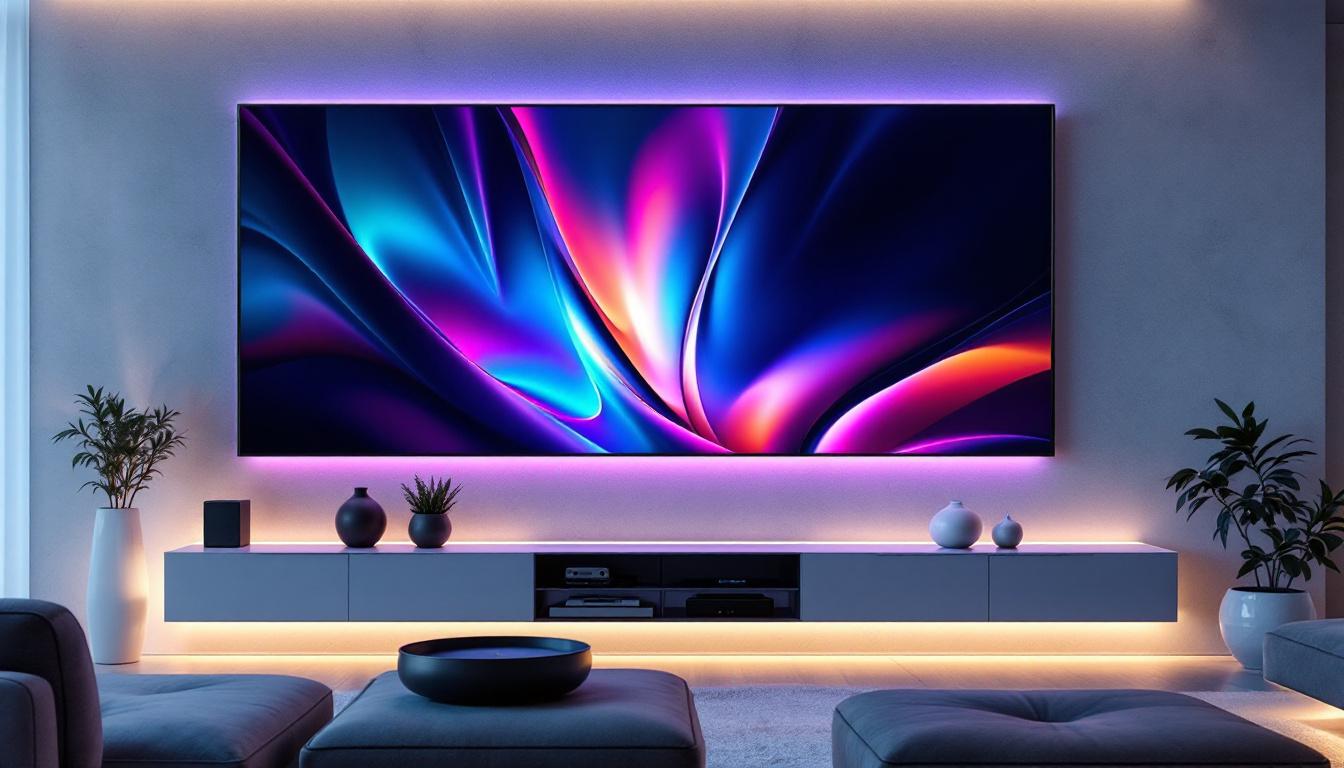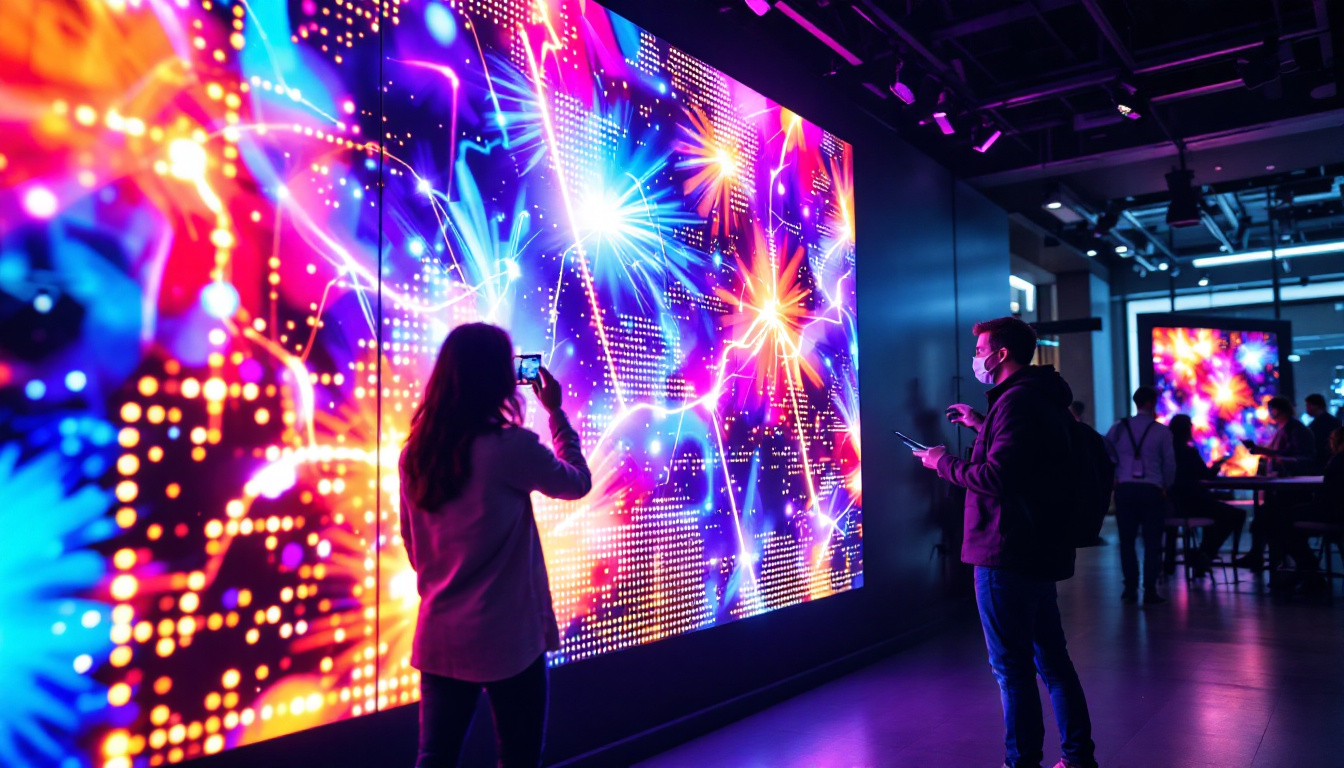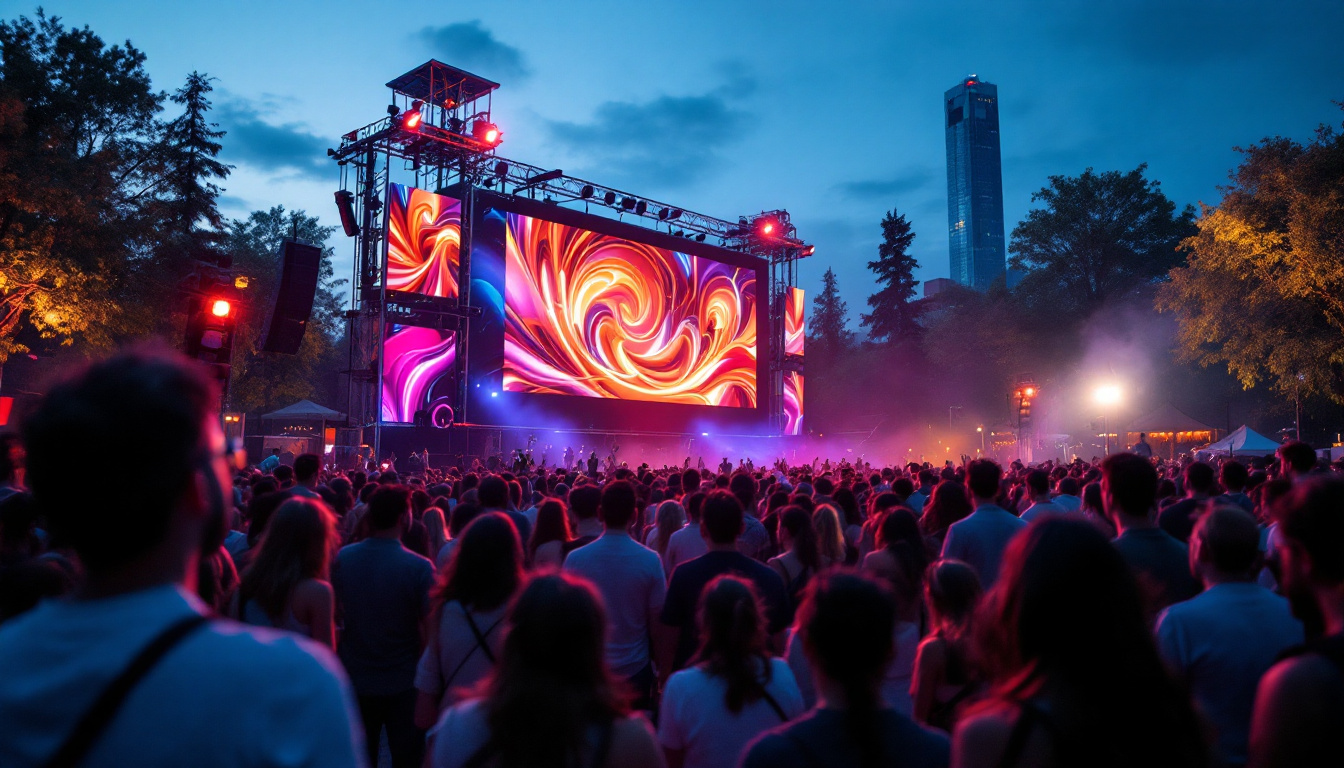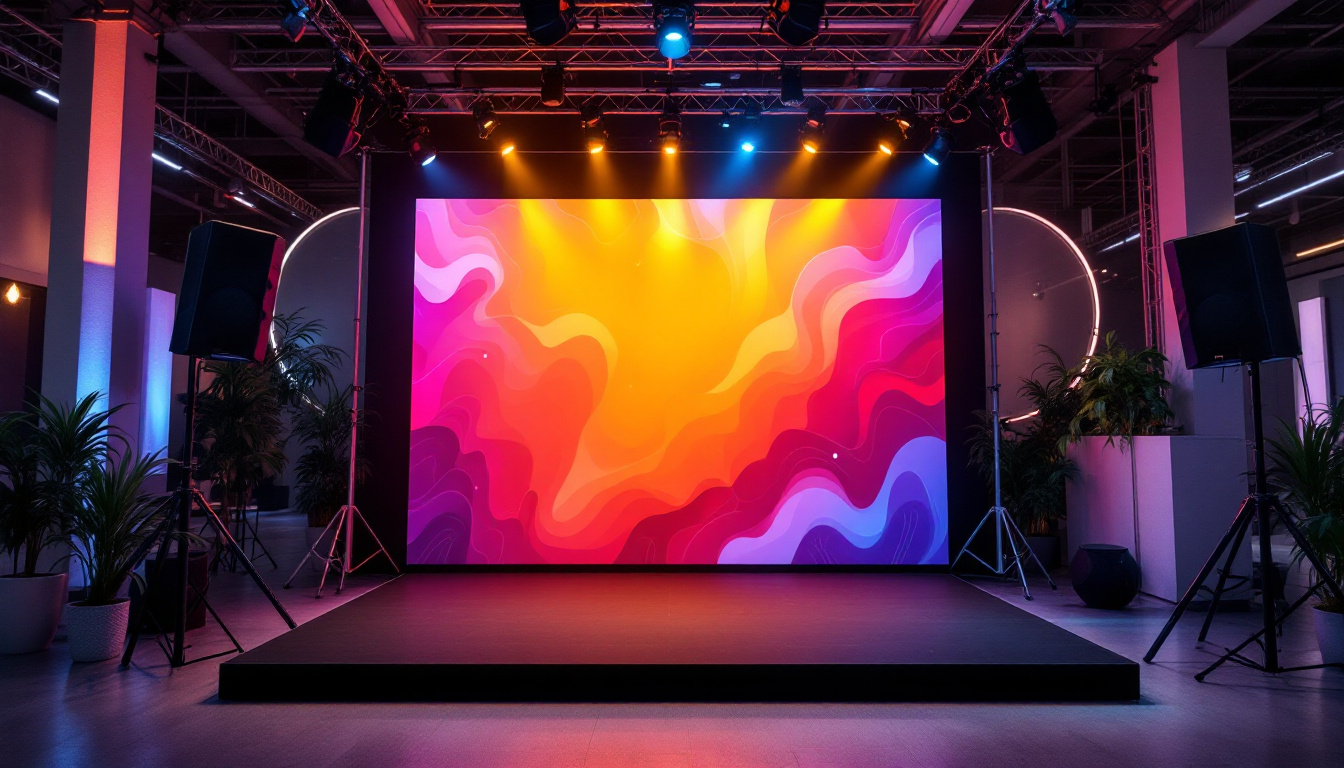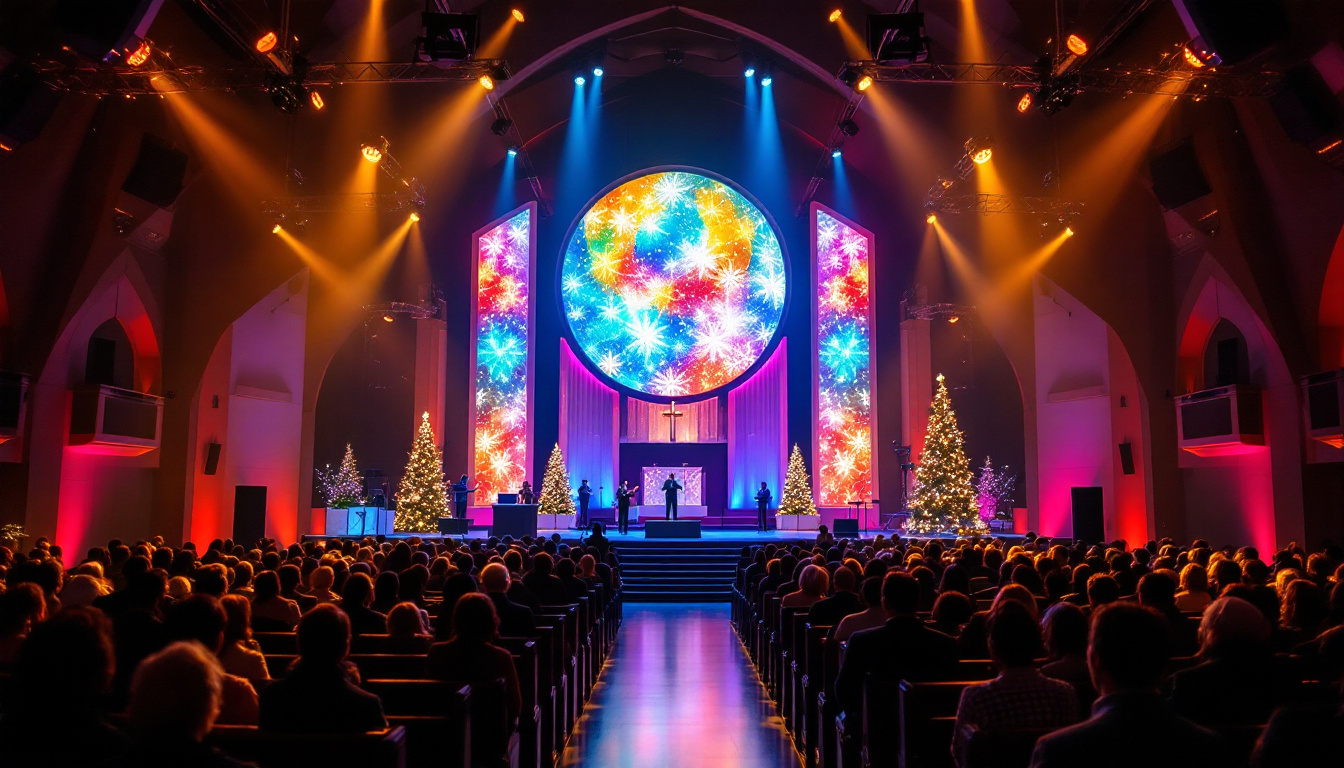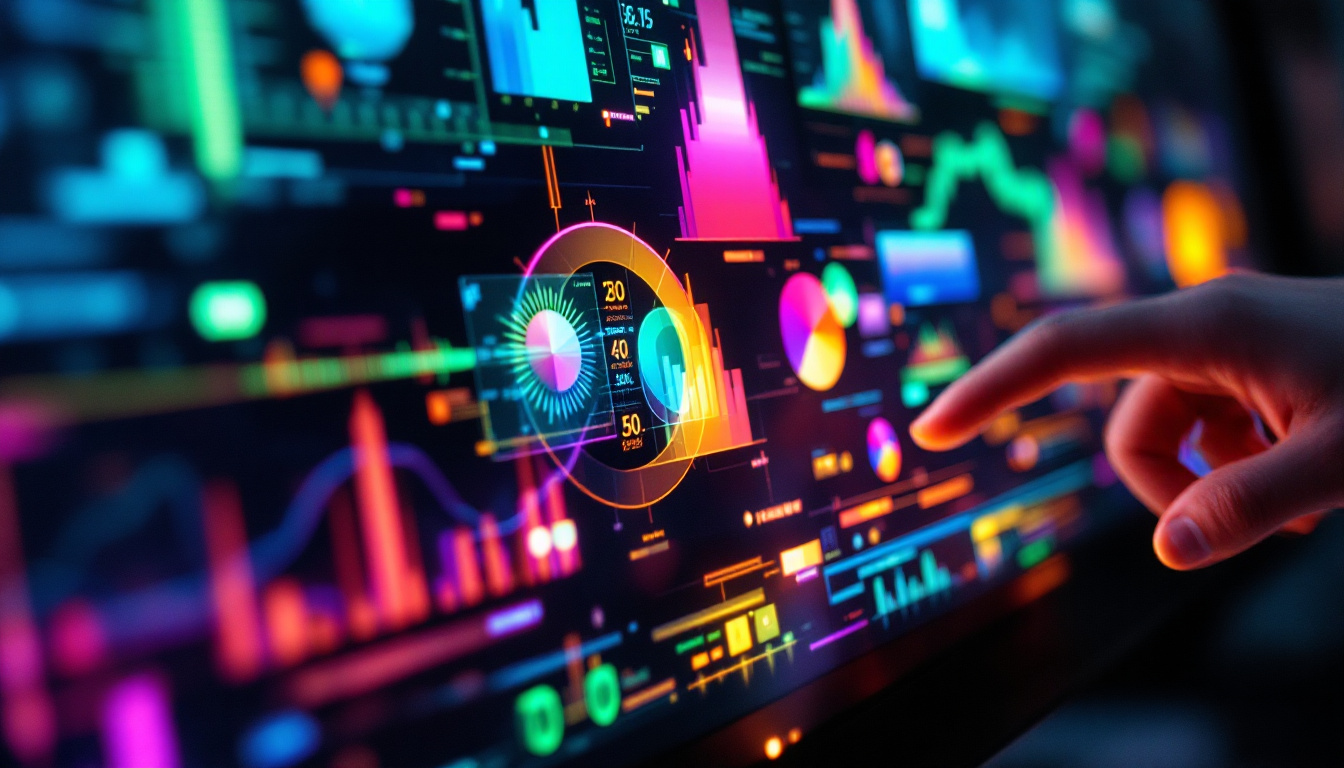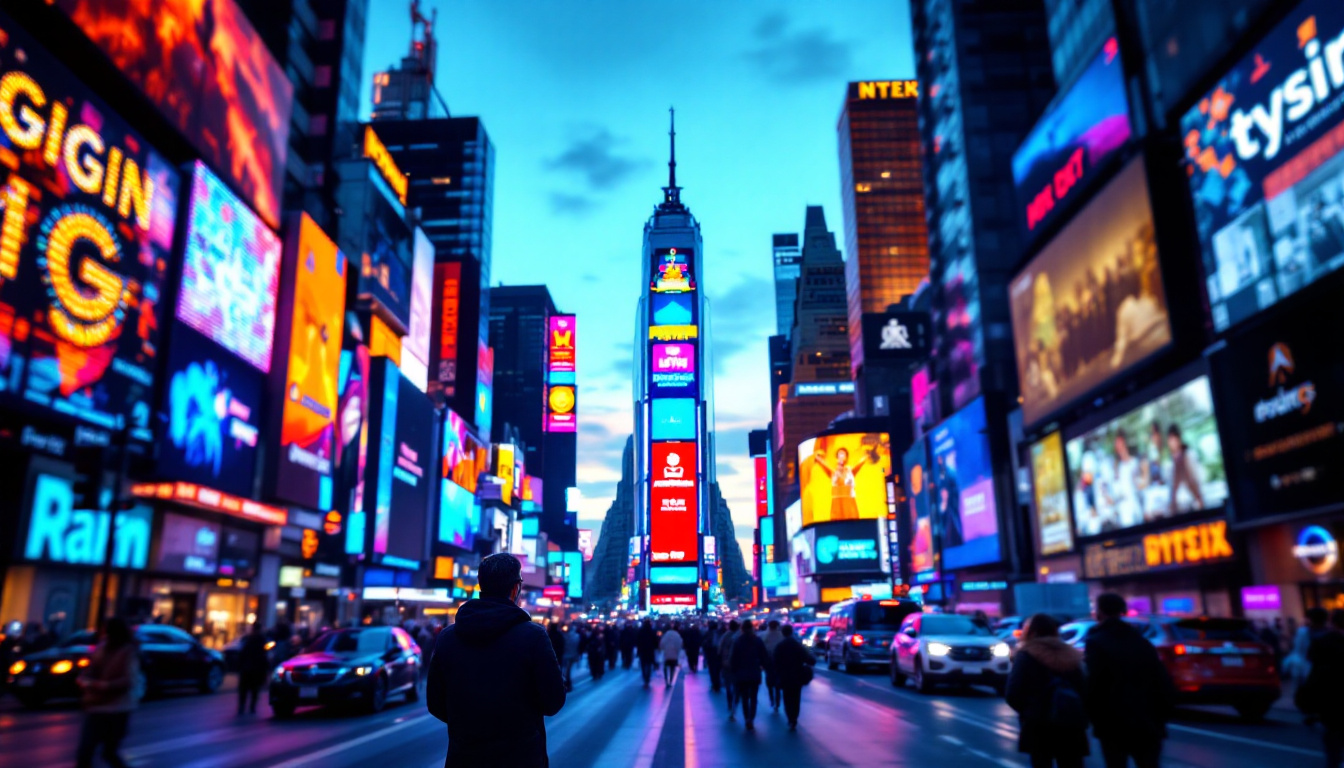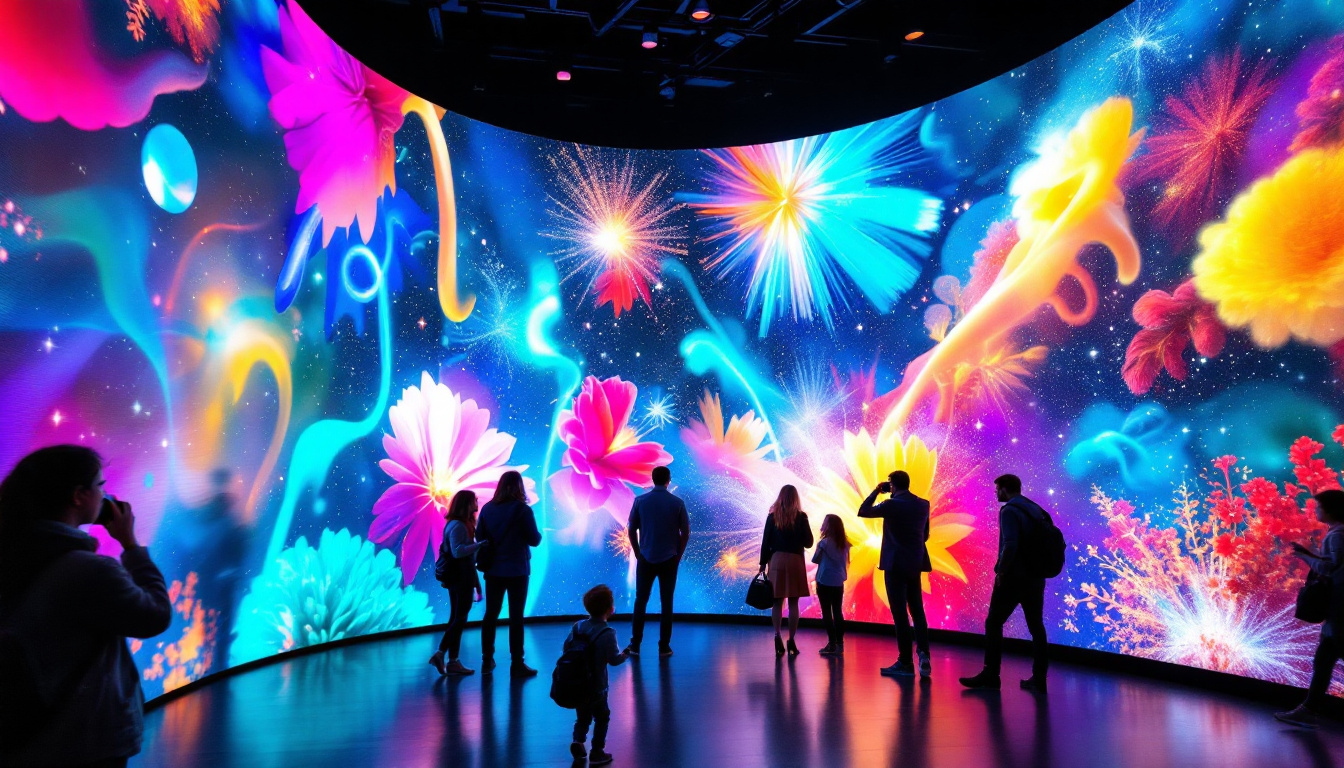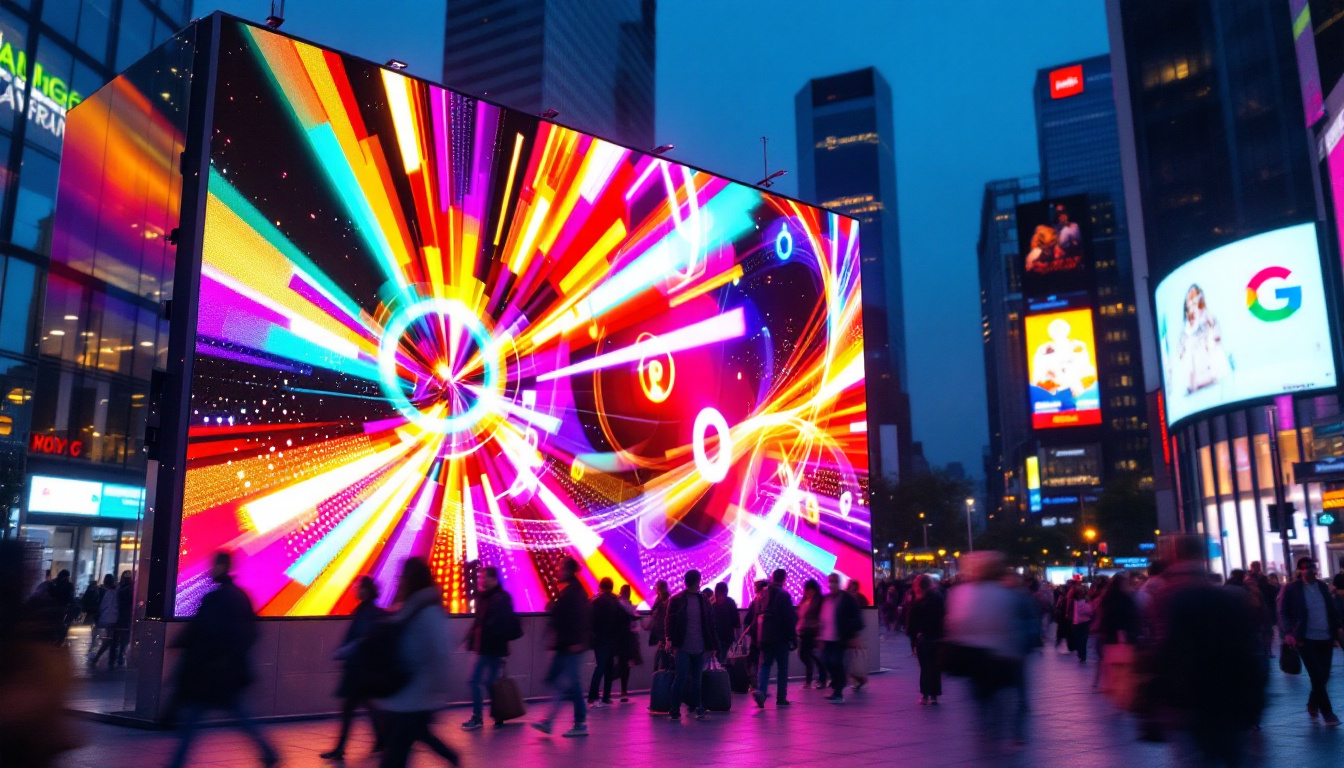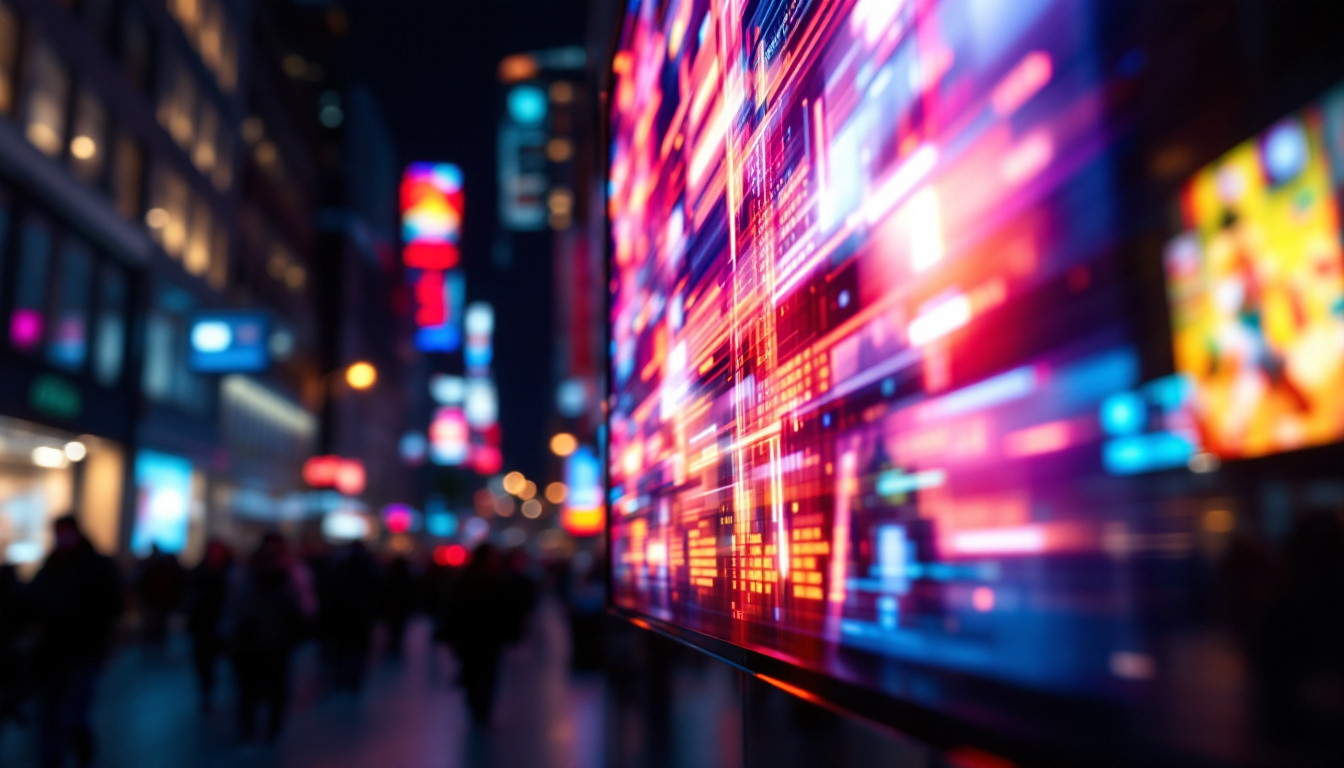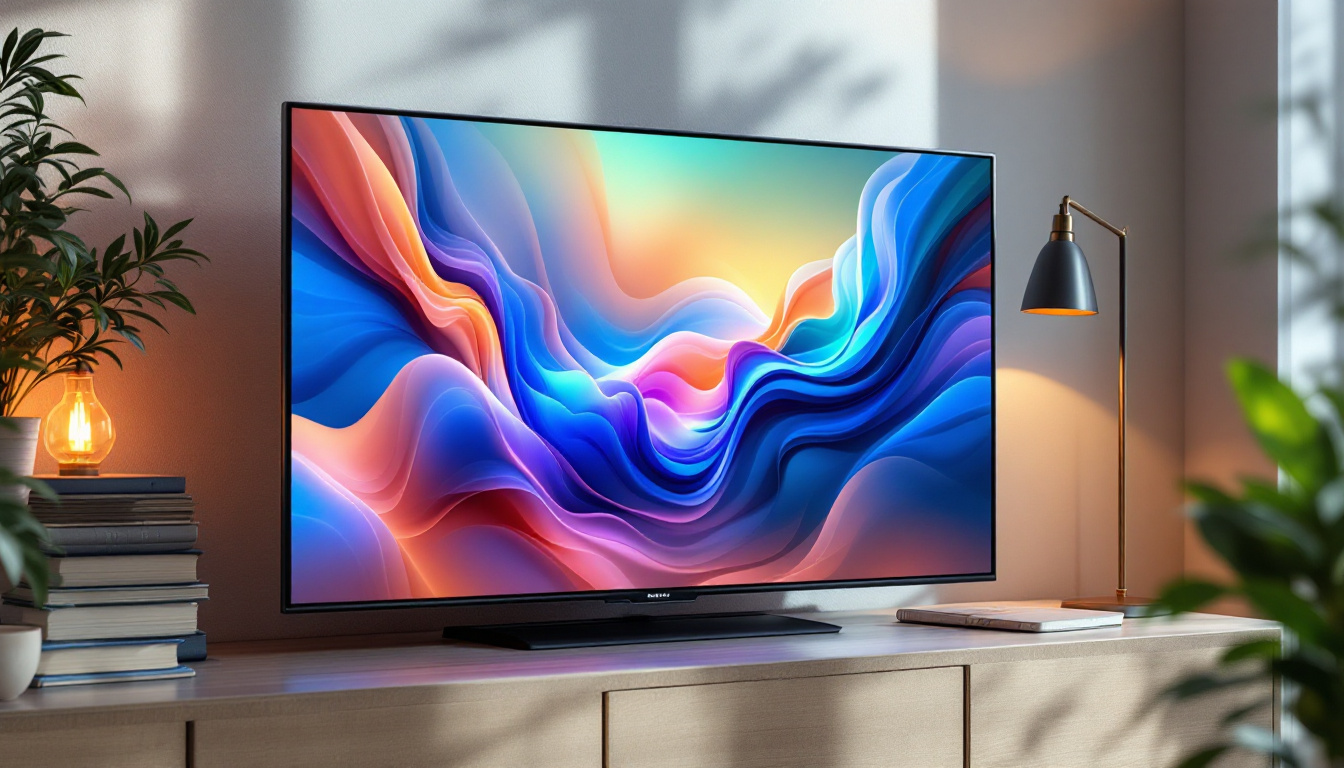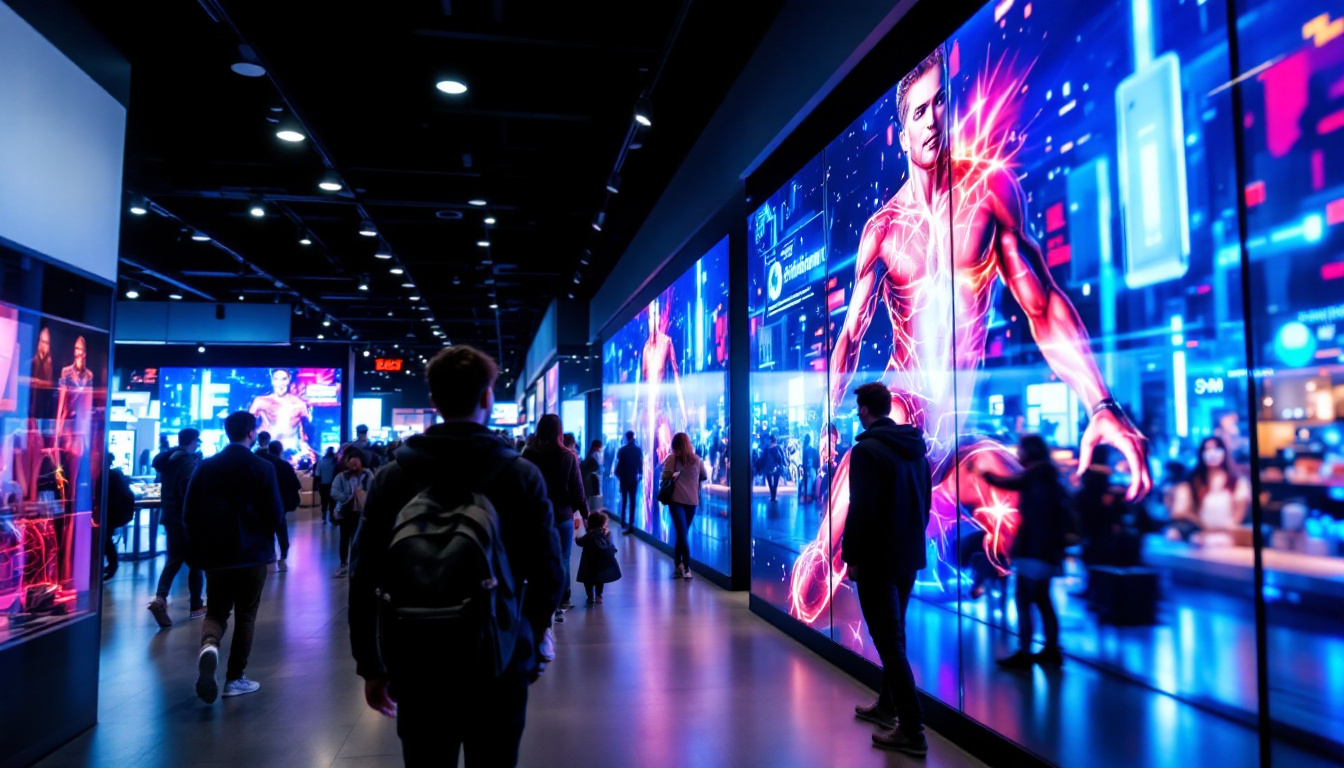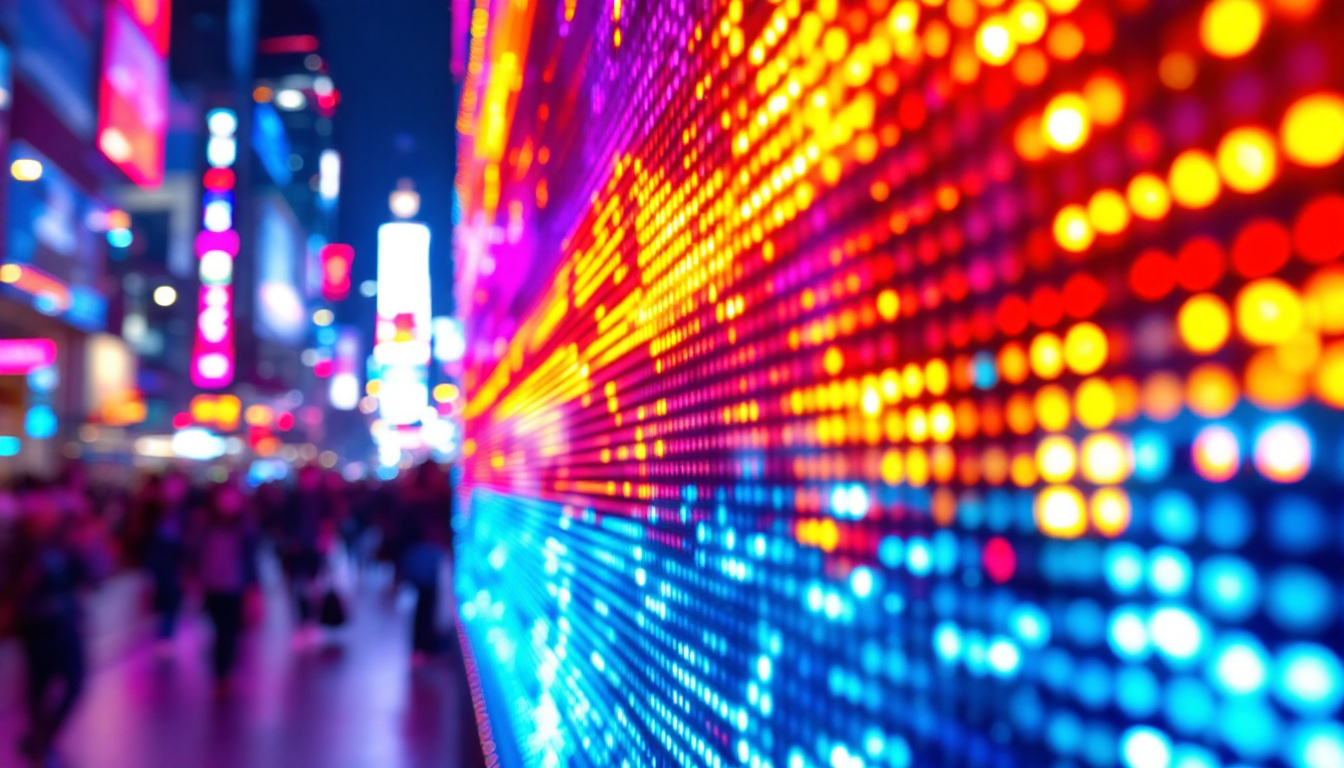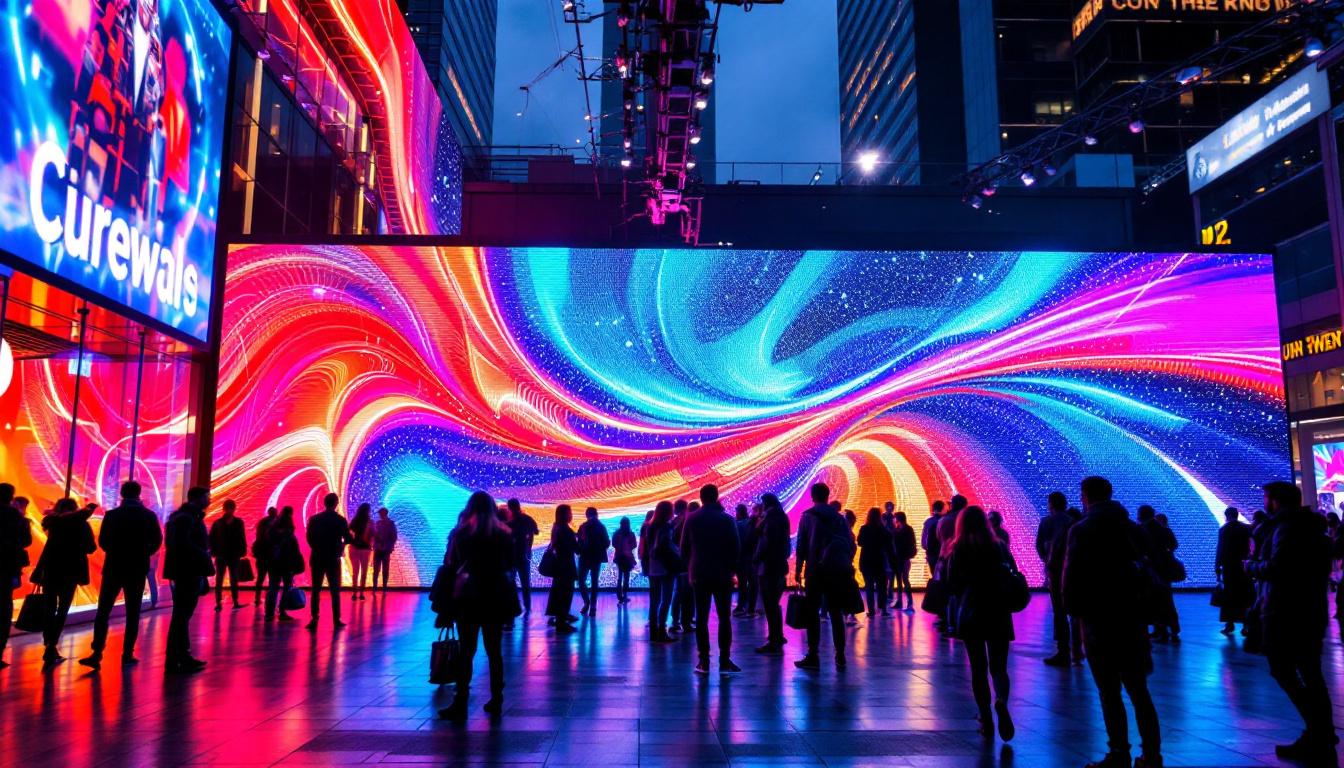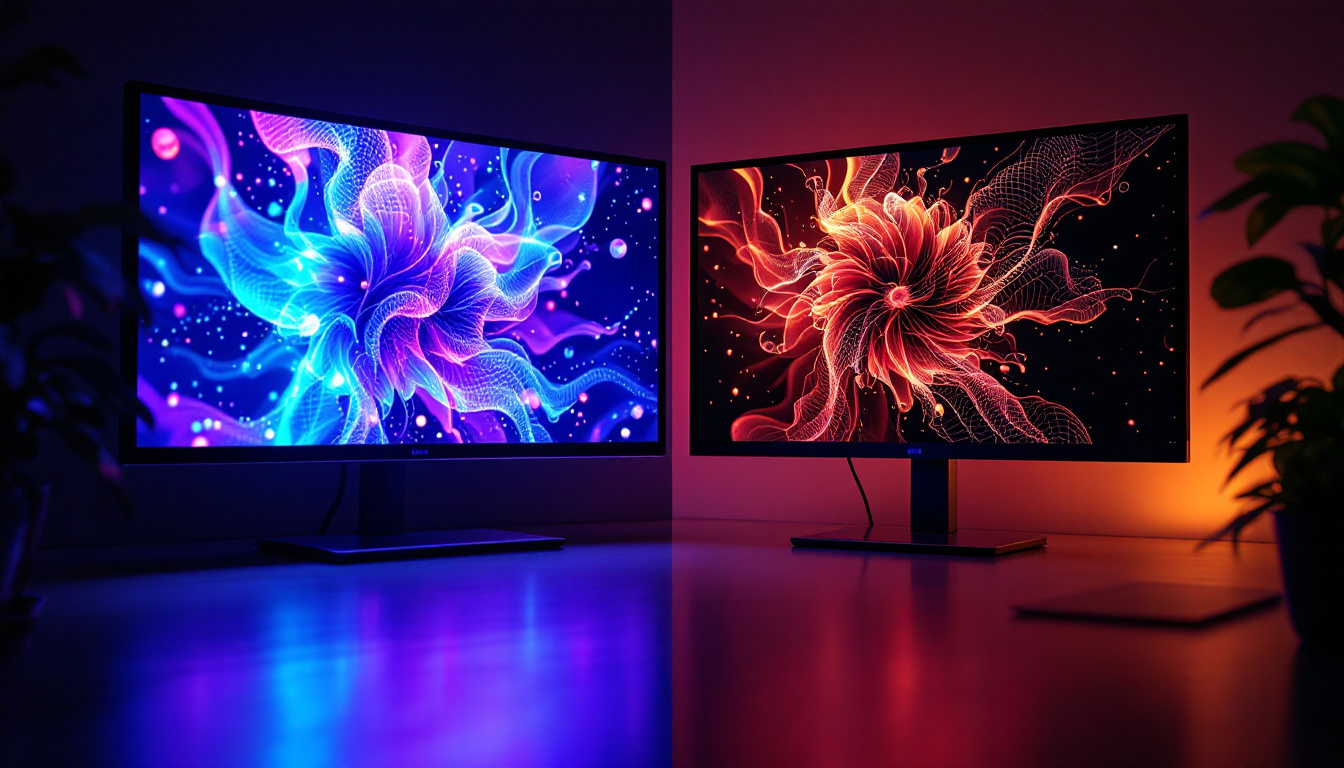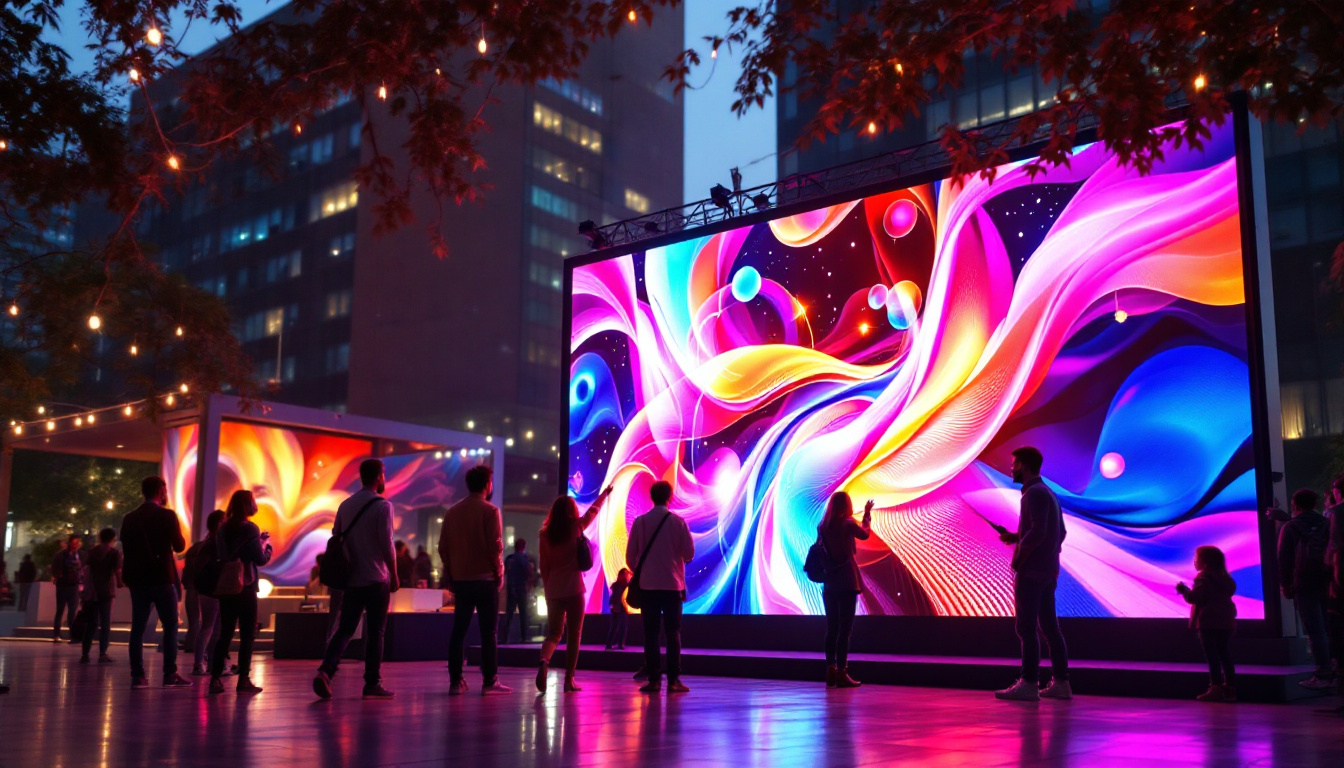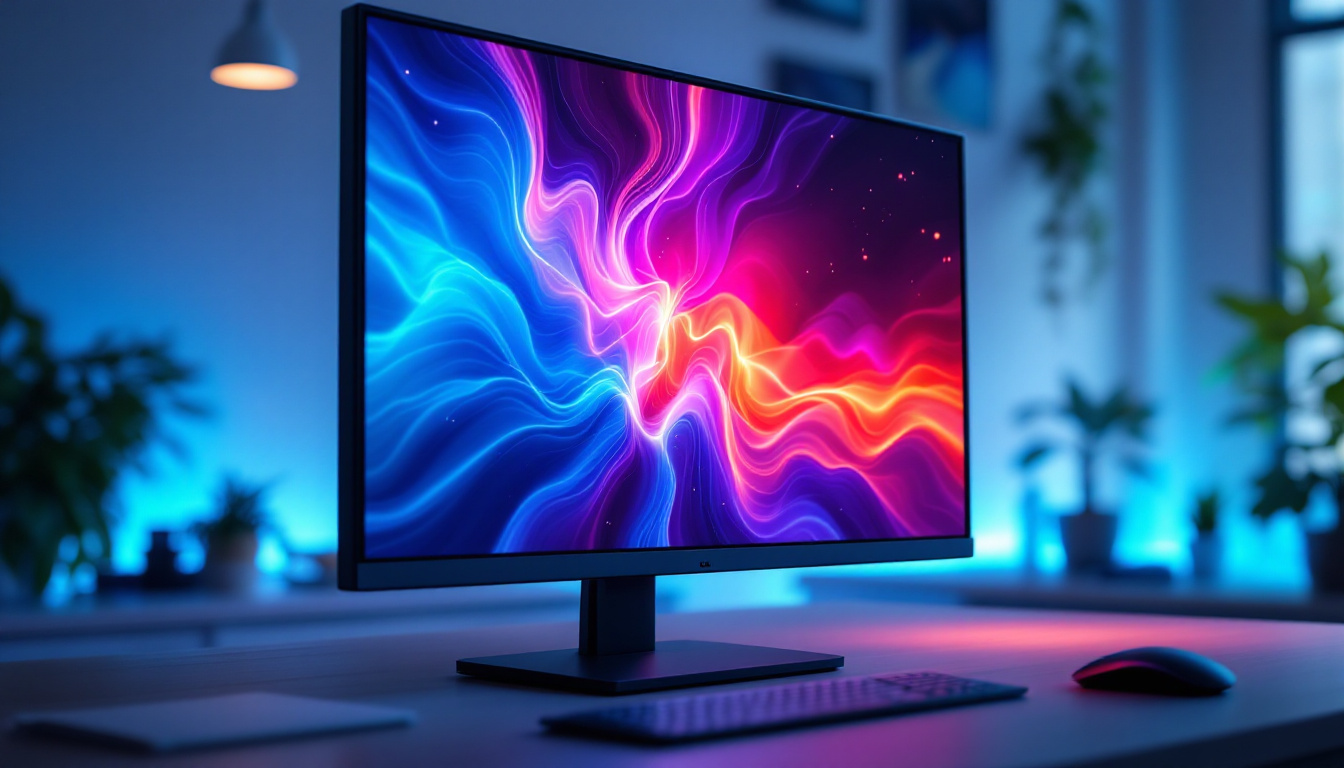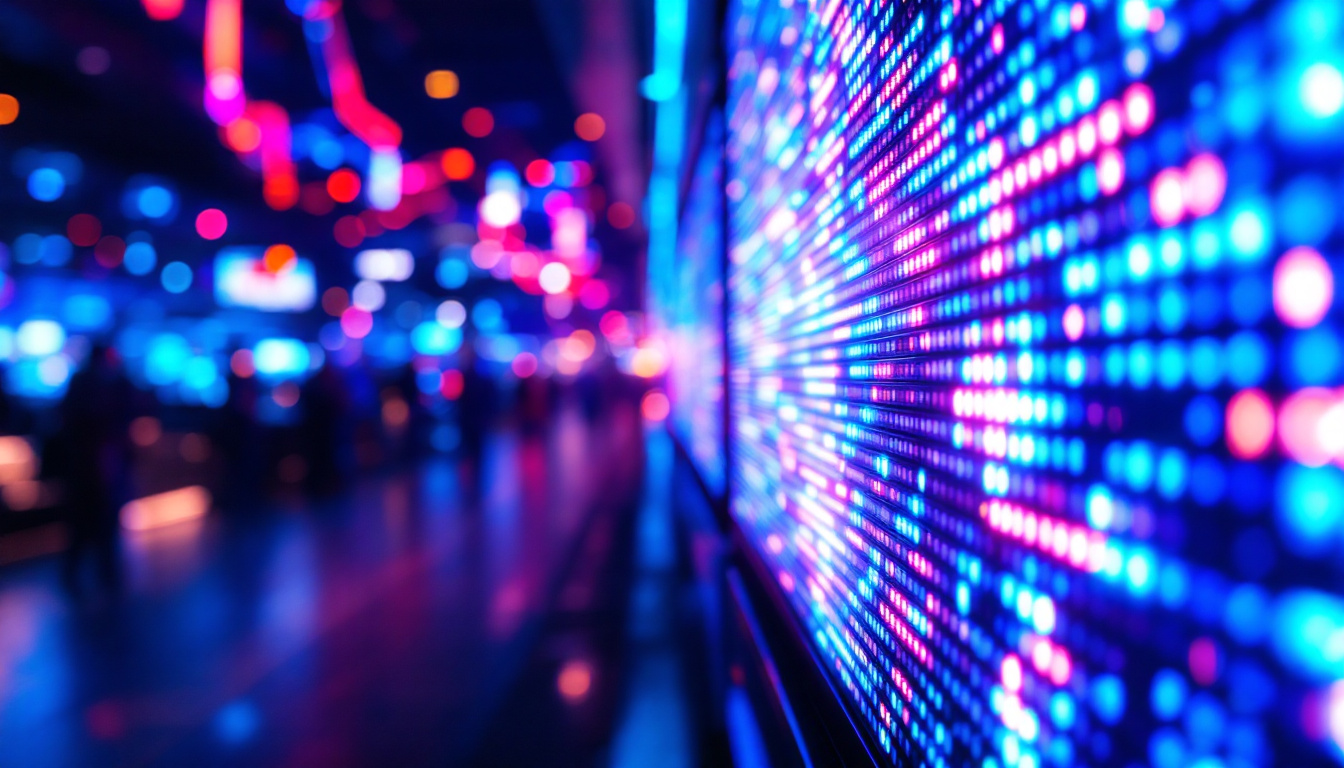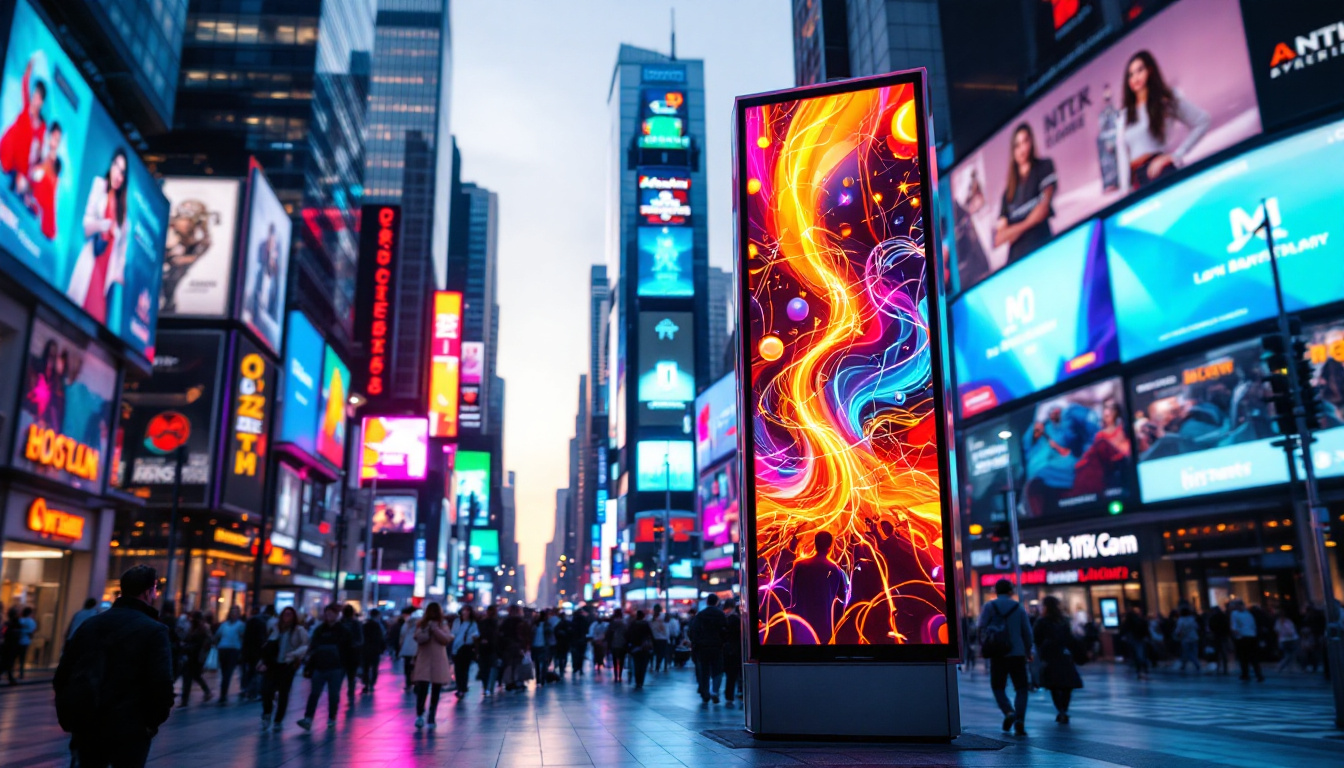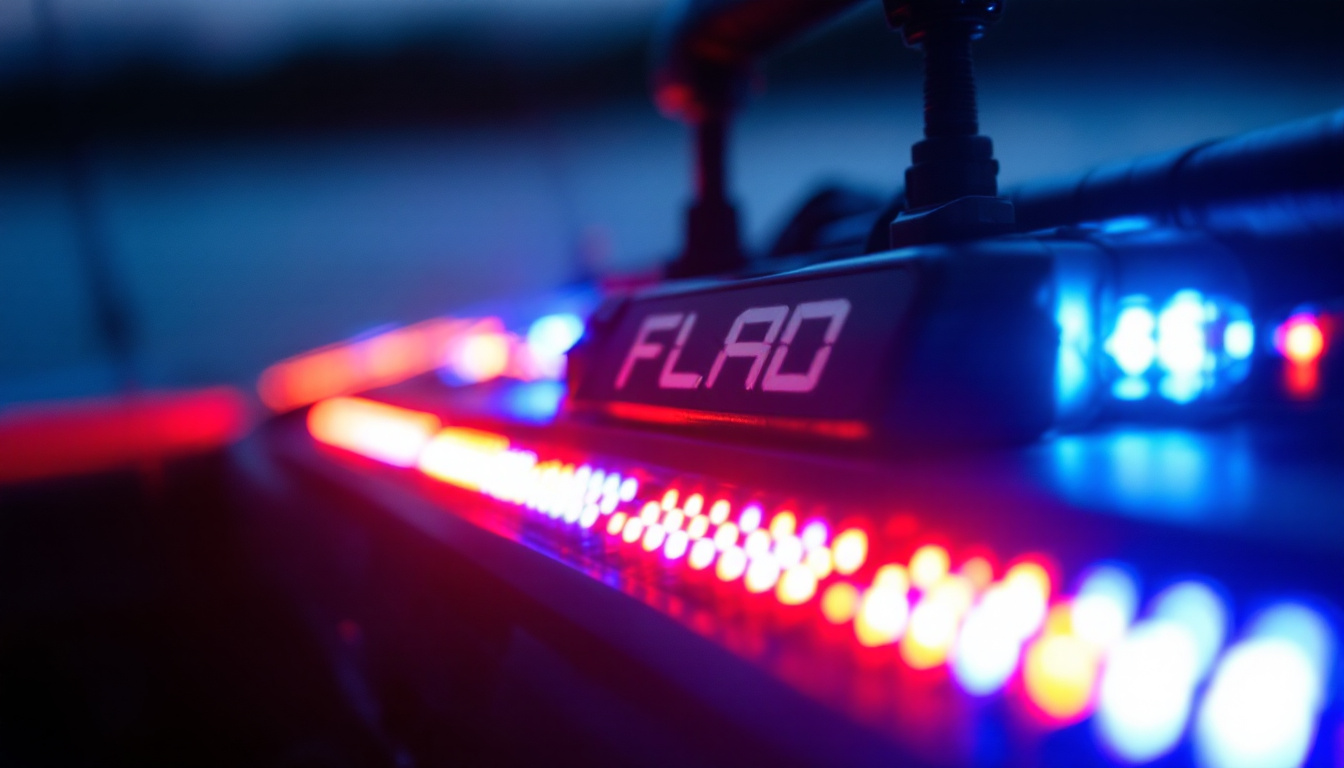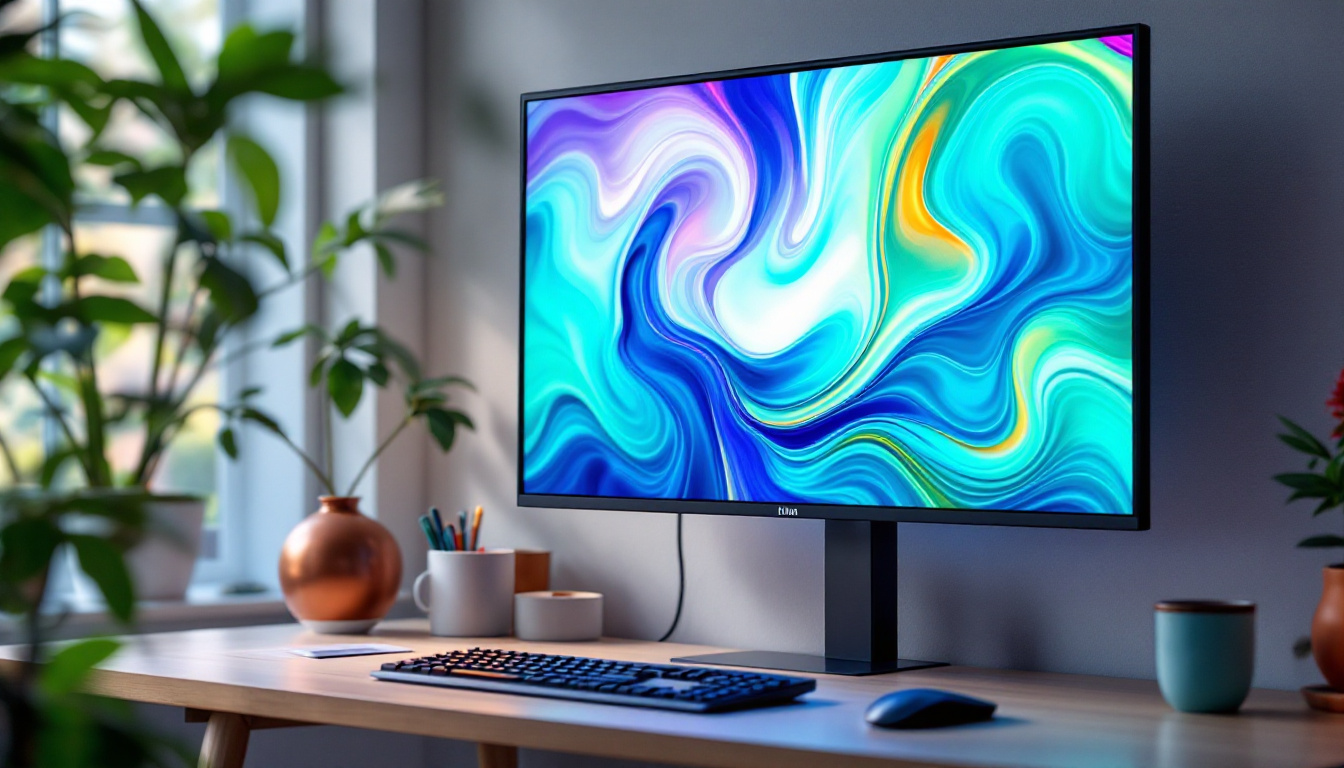In the realm of advertising and information dissemination, rotating LED signs have emerged as a powerful tool. These vibrant displays not only capture attention but also convey messages in a dynamic and engaging manner. This article delves into the intricacies of rotating LED signs, exploring their technology, applications, and benefits.
Understanding LED Technology
Light Emitting Diodes (LEDs) are semiconductor devices that emit light when an electric current passes through them. This technology has revolutionized the way we illuminate and display information. Unlike traditional incandescent bulbs, LEDs are energy-efficient, have a longer lifespan, and provide brighter illumination. The shift towards LED technology has not only transformed residential and commercial lighting but has also paved the way for innovative applications in various fields, including automotive lighting, horticulture, and even medical therapies.
The Basics of LED Functionality
At the core of LED technology is the principle of electroluminescence. When electrons move through the semiconductor material, they release energy in the form of photons, which is visible light. This process allows LEDs to produce a wide spectrum of colors, making them ideal for displays. The ability to fine-tune the semiconductor materials used in LEDs has led to the development of high-brightness LEDs that can produce intense light output while maintaining energy efficiency.
LEDs are categorized into two main types: single-color and multi-color. Single-color LEDs are often used for simple displays, while multi-color or RGB (Red, Green, Blue) LEDs can create a full range of colors by varying the intensity of each color component. This versatility has made RGB LEDs particularly popular in decorative lighting and digital signage, where dynamic color changes can enhance visual appeal and draw attention.
Advantages of LED Displays
LED displays offer numerous advantages over traditional display technologies. They are highly energy-efficient, consuming significantly less power than incandescent or fluorescent lights. This efficiency translates to lower operational costs, making them an attractive option for businesses. Furthermore, the longevity of LEDs—often exceeding 25,000 hours—means that they require less frequent replacement, reducing waste and maintenance efforts.
Moreover, LED displays are remarkably durable and resistant to shock and vibration. Their solid-state construction means they can withstand harsh environmental conditions, making them suitable for both indoor and outdoor applications. Additionally, LEDs generate less heat compared to traditional lighting options, which not only enhances their safety but also contributes to a cooler operating environment. This characteristic is especially beneficial in applications where heat buildup could damage sensitive components or materials, such as in museums or exhibition spaces.
Another significant advantage of LED technology is its ability to be easily integrated with smart technology. Many modern LED systems can be controlled remotely via apps or smart home systems, allowing users to adjust brightness, color, and even scheduling with ease. This level of control not only enhances user experience but also promotes energy conservation by enabling users to turn off lights when they are not needed or to set timers for automatic adjustments throughout the day.
The Mechanics of Rotating LED Signs
Rotating LED signs take the basic principles of LED technology and enhance them with movement. This dynamic feature allows for greater visibility and engagement, as the rotating mechanism captures the attention of passersby more effectively than static displays.
How Rotating Mechanisms Work
Rotating LED signs typically employ a motorized mechanism that allows the sign to pivot or rotate at a predetermined speed. This rotation can be continuous or intermittent, depending on the design and intended use. The movement can be synchronized with the display of messages, creating a visually appealing effect.
Some advanced rotating LED signs utilize programmable controllers that allow for customizable rotation speeds and patterns. This flexibility enables businesses to tailor their displays to specific marketing campaigns or seasonal promotions.
Design Considerations
When designing a rotating LED sign, several factors must be taken into account. The size and shape of the sign play a crucial role in its visibility. Larger signs can be seen from greater distances, while compact designs may be more suitable for limited spaces.
Additionally, the brightness of the LEDs is vital. High-brightness LEDs ensure that the display remains visible even in direct sunlight, making them ideal for outdoor use. Color contrast and message clarity are also essential to ensure that the information conveyed is easily readable.
Applications of Rotating LED Signs
Rotating LED signs find applications across various industries, serving as effective marketing tools and information displays. Their versatility makes them suitable for a wide range of environments, from retail stores to transportation hubs.
Retail and Advertising
In the retail sector, rotating LED signs are commonly used to promote sales, new products, or special events. Their eye-catching movement can draw customers’ attention from afar, increasing foot traffic and potential sales. Many businesses utilize these signs to create a sense of urgency, encouraging customers to act quickly.
Moreover, rotating LED signs can be programmed to display different messages at various times of the day, allowing businesses to adapt their advertising strategies based on customer behavior and peak hours.
Transportation and Navigation
Transportation hubs, such as airports and train stations, often employ rotating LED signs for wayfinding and information dissemination. These signs can display arrival and departure times, gate information, and other essential updates in a clear and engaging manner.
In addition, rotating LED signs are used in traffic management systems to convey real-time information about road conditions, detours, or construction updates. Their visibility and movement help ensure that drivers receive critical information promptly.
Events and Entertainment
At events and entertainment venues, rotating LED signs serve as dynamic backdrops and promotional displays. They can be used to highlight sponsors, showcase upcoming performances, or provide event schedules. The ability to rotate and change messages adds an exciting element to the overall atmosphere.
Benefits of Using Rotating LED Signs
The advantages of incorporating rotating LED signs into marketing and information strategies are numerous. From enhanced visibility to cost-effectiveness, these displays offer significant benefits for businesses and organizations.
Increased Visibility
The dynamic nature of rotating LED signs ensures that they stand out in crowded environments. The movement captures the attention of potential customers, making it more likely that they will engage with the displayed message. This increased visibility is particularly beneficial in high-traffic areas where competition for attention is fierce.
Cost-Effectiveness
While the initial investment in rotating LED signs may be higher than traditional signage, the long-term savings can be substantial. The energy efficiency of LEDs leads to lower electricity bills, and their durability reduces maintenance and replacement costs. Over time, businesses can recoup their investment and enjoy ongoing savings.
Customizability and Flexibility
Rotating LED signs offer a high degree of customizability. Businesses can easily change messages, colors, and rotation patterns to suit their needs. This flexibility allows for quick adaptations to marketing strategies and seasonal promotions without the need for costly sign replacements.
Challenges and Considerations
Despite their many advantages, rotating LED signs are not without challenges. Understanding these potential drawbacks can help businesses make informed decisions about their use.
Initial Costs and Installation
The upfront costs associated with purchasing and installing rotating LED signs can be significant. Businesses must consider not only the price of the sign itself but also installation expenses and any necessary permits. Conducting a cost-benefit analysis can help determine whether the investment is justified.
Maintenance and Upkeep
While LEDs are generally low-maintenance, rotating mechanisms may require periodic servicing to ensure smooth operation. Dust and debris can accumulate, potentially hindering movement. Regular maintenance checks can help prolong the lifespan of the sign and maintain its effectiveness.
Regulatory Compliance
Businesses must also navigate local regulations regarding signage. Some areas have restrictions on the brightness, size, and movement of outdoor signs. It is essential to research and comply with these regulations to avoid fines or the need to remove the sign.
The Future of Rotating LED Signs
The future of rotating LED signs looks promising, with advancements in technology paving the way for even more innovative applications. As LED technology continues to evolve, new possibilities for displays are emerging.
Integration with Smart Technology
One of the most exciting developments is the integration of rotating LED signs with smart technology. This allows for real-time updates and remote management of displays. Businesses can adjust messages, rotation speeds, and even brightness levels from a centralized system, enhancing flexibility and responsiveness.
Enhanced Interactivity
Future rotating LED signs may also incorporate interactive features, allowing customers to engage with the display. Touch-sensitive screens or QR codes could enable users to access additional information or promotions, creating a more immersive experience.
Sustainability Initiatives
As sustainability becomes increasingly important, manufacturers are focusing on eco-friendly practices. Future rotating LED signs may utilize solar power or other renewable energy sources, further reducing their environmental impact and operational costs.
Conclusion
Rotating LED signs represent a dynamic and effective means of communication in today’s fast-paced world. Their ability to capture attention, convey information, and adapt to changing needs makes them an invaluable asset for businesses across various industries. While there are challenges to consider, the benefits often outweigh the drawbacks, making them a worthwhile investment for those seeking to enhance their visibility and engagement.
As technology continues to advance, the potential for rotating LED signs will only expand, offering even more opportunities for innovation and creativity in advertising and information dissemination. Embracing this technology can lead to greater success in reaching and resonating with target audiences.
Discover LumenMatrix’s Innovative LED Solutions
Ready to elevate your advertising and information delivery with cutting-edge technology? Look no further than LumenMatrix, a pioneer in LED display innovation. From mesmerizing Indoor and Outdoor LED Wall Displays to versatile Vehicle and Sports LED Displays, LumenMatrix provides a full spectrum of solutions tailored to your unique needs. Experience the transformative power of LED displays and join the revolution in visual communication. Check out LumenMatrix LED Display Solutions today and bring your brand’s message to life with unparalleled clarity and impact.

